How To Fix The Aches And Pains Of Travel
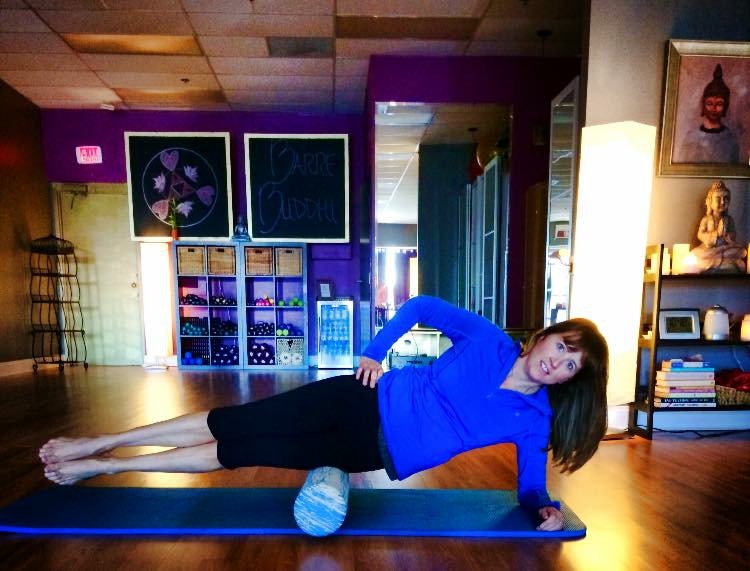
My husband spends waaay too much time on the road. And, while he’s normally very happy to be home, recently he’s started coming home with aches and pains. First it was a stiff neck, then a sore lower back. My husband has NO awareness of his body, and wouldn’t know a stretch if it bit him in the butt. He’s a bit scared of my Pilates room, but the pain got bad enough that he asked for my help.
One of my favorite workouts that I recommend (and do myself) is release work on a foam roller. For over a decade now this inexpensive piece of equipment has been an extremely valuable tool keeping me pain free and moving. And trust me, suffering from Sacral Iliac dysfunction, it has been a life saver. I roll at least 2 times week and I even have a smaller version of the roller and a junior lacrosse ball that have become permanent fixtures in my suitcase. Let’s take a quick spin through the necessary equipment:
Lacrosse Ball/Pinky Ball(Link):
This is a standard lacrosse ball/hard rubber ball (about the same size as a tennis ball), great for working out the kinks in small spots and fits easily in your luggage. You may be able to find these cheaper at your local dollar store.
The blue roller has the firmness I prefer. This is a good price for Prime delivery from Amazon given most other places will charge a bundle to ship them. The manufacturer (OPTP) charges essentially the same price but tacks on over $10 in shipping. They’re 3 feet long, so a bit difficult to get in a box (or a suitcase!).
This one is hollow so you can stuff socks/underwear, etc inside. Less than half the size of the foam roller at 13″. Great for travel.
So what is it? Foam Rolling is a method used to help break up tight muscles using a roller by placing pressure on the tight areas or trigger points, otherwise called Self Myofascial Release or self-massage for simpler terms. And trust me tight muscles equals back pain. By releasing these tight areas you can easily restore elasticity, hydration and flexibility to area that cause pain.
Foam rolling is one of the more popular classes I teach. I offer it twice a week at a small studio in Leesburg, VA called Barre Buddhi and by request at my own studio at Dry Mill Winery.
There are a few rules to foam rolling:
- Go slow and breathe.
- Stay hydrated.
- Avoid areas around the knee, c-spine and l-spine: avoid joints and roll only on soft tissue.
- Don’t force, but relax into it.
- Don’t hold your breath. If you can’t breathe normally and relax, back off and revisit the area another time.
- Do not exceed 4 repetitions.
- Most importantly, check with a physician if you have any medical conditions that prevent or limit your ability to exercise.
So what areas should you roll? Well, it depends on the location of the pain or stiffness. Typically, I start with the feet using a lacrosse ball and work from top to bottom. You may want to head straight to the tender area. Keep in mind that often the area that is in pain comes from a trigger area somewhere else in the body. Here are some common stretches I do:
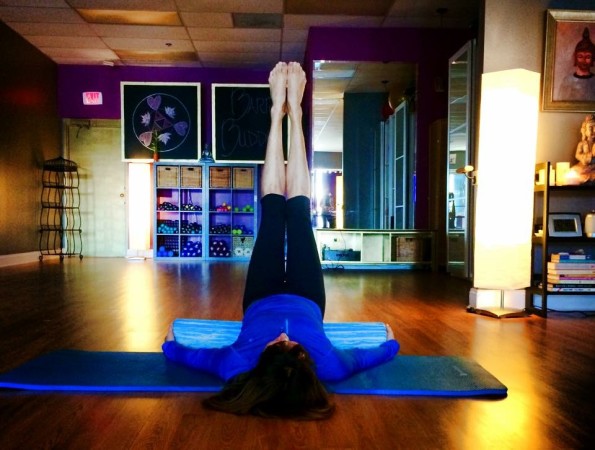
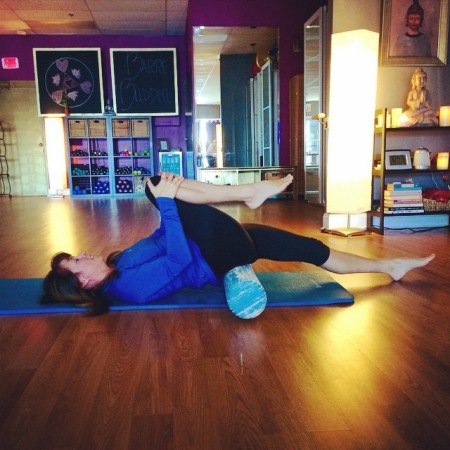
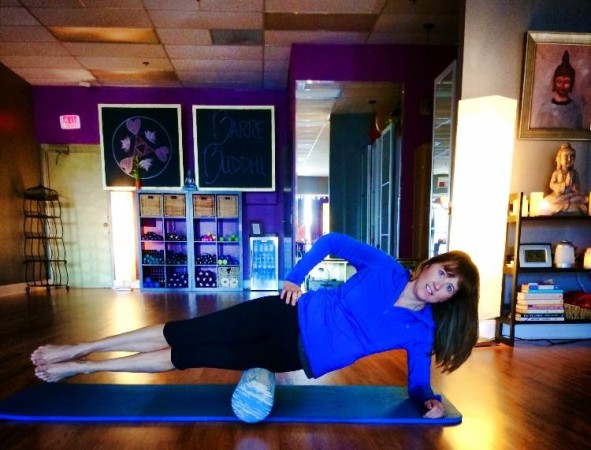
Here is a quick and excellent example of how you can find relief rolling out the low back.
A bit skeptical? My husband was too, but now if you look in his suitcase I am sure you will find a small therapeutic ball or travel roller in his bag. He may still need to FaceTime me to determine what to do. But he loves the relief it provides and I am sure you will too.
I’m happy to answer questions about specific stretches or aches!
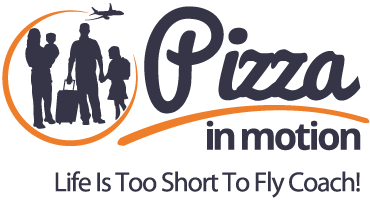
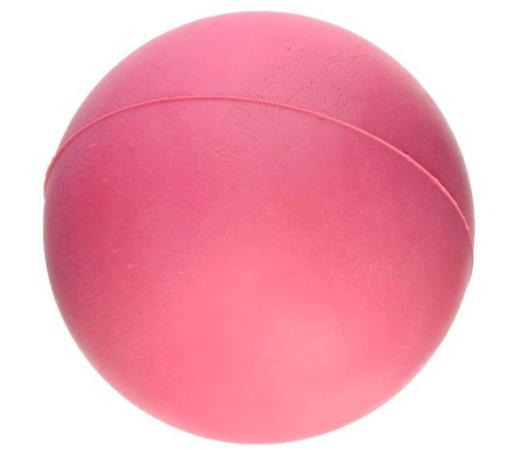
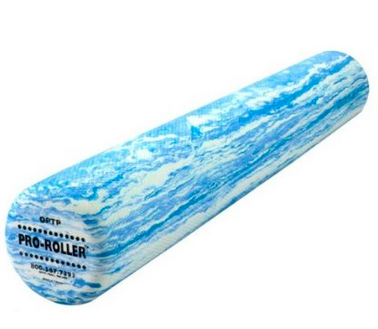
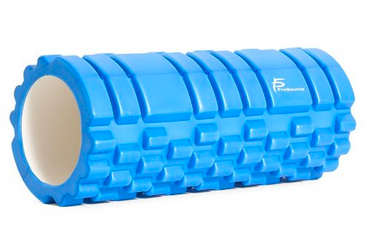
Thanks for posting this.
PT, you’re welcome. Let me know if I can help solve any aches and pains!